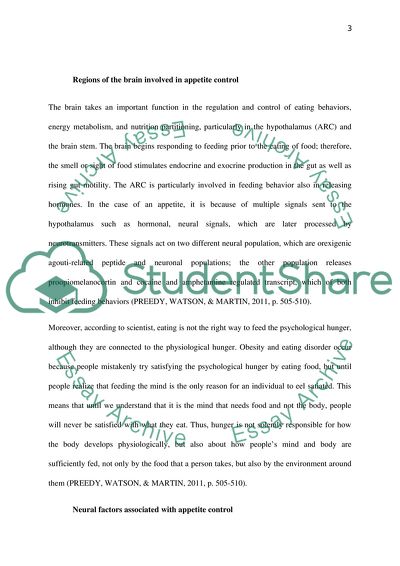Cite this document
(Mechanisms that Control Appetite and Feeding Behavior Coursework, n.d.)
Mechanisms that Control Appetite and Feeding Behavior Coursework. https://studentshare.org/health-sciences-medicine/1812085-mechanisms-that-control-appetite-and-feeding-behaviour
Mechanisms that Control Appetite and Feeding Behavior Coursework. https://studentshare.org/health-sciences-medicine/1812085-mechanisms-that-control-appetite-and-feeding-behaviour
(Mechanisms That Control Appetite and Feeding Behavior Coursework)
Mechanisms That Control Appetite and Feeding Behavior Coursework. https://studentshare.org/health-sciences-medicine/1812085-mechanisms-that-control-appetite-and-feeding-behaviour.
Mechanisms That Control Appetite and Feeding Behavior Coursework. https://studentshare.org/health-sciences-medicine/1812085-mechanisms-that-control-appetite-and-feeding-behaviour.
“Mechanisms That Control Appetite and Feeding Behavior Coursework”. https://studentshare.org/health-sciences-medicine/1812085-mechanisms-that-control-appetite-and-feeding-behaviour.


